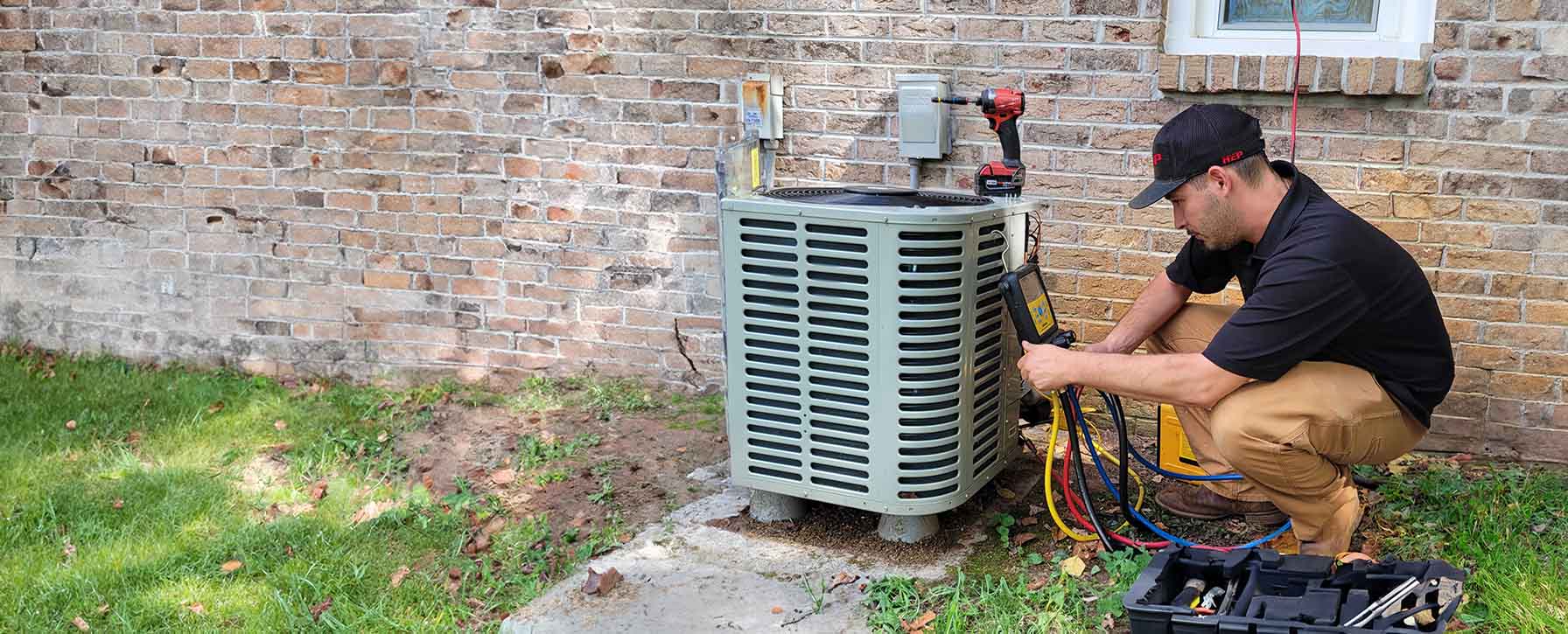

Indoor Climate Control
Your trusted partner for professional home services. Quality workmanship, guaranteed satisfaction.




- HEP
- Indoor Climate Control
Indoor Climate Control | Thermostat Upgrades | Heating and Air Conditioning | Charleston
Imagine a Charleston home where every room feels just right—never too humid, never too chilly, and always ready to greet you with perfect comfort the moment you walk through the door. HEP’s indoor climate control experts make that vision a reality with smart, efficient thermostat upgrades that learn your habits, optimize energy use, and let you adjust settings from anywhere with a tap on your phone. Whether you’re pairing a new HVAC system with cutting-edge controls or bringing an older unit into the 21st century, we handle the installation, programming, and personalized training so you can start saving on utility bills right away.
Our technicians live and work right here in the Lowcountry, so they know how Charleston’s sweltering summers and damp winters test local heating and cooling systems. We’ll recommend the best technology to handle rapid temperature swings, integrate seamlessly with your existing setup, and deliver year-round reliability. From first consultation to final walkthrough, HEP treats your home with care, cleaning up after every visit and backing each job with a satisfaction guarantee—because comfort shouldn’t come with compromises.
FAQs
Why should I upgrade to a programmable or smart thermostat in Charleston’s climate?
Charleston’s long, humid cooling season and short, mild heating season mean your HVAC system runs frequently for most of the year. A programmable or smart thermostat can automatically adjust temperatures when you’re asleep or away, use geofencing to detect when you’re heading home, and learn your schedule. According to ENERGY STAR®, these devices can cut heating and cooling costs by up to 8-10 %—savings that add up quickly with our extended air-conditioning season.
Will a new thermostat work with my existing heating and air-conditioning equipment?
In most cases, yes. Modern smart thermostats are designed to be compatible with single-stage, multi-stage, heat-pump, and dual-fuel systems. The key is the wiring: many units require a common (C) wire for continuous power. During our on-site evaluation, we’ll inspect your furnace or air-handler control board, verify available conductors in the thermostat cable, and confirm voltage (24 V) compatibility. If a C-wire is missing, we can usually add one or install a compatible power kit.
Do I need professional installation, or can I DIY a thermostat change?
Simple battery-powered programmable thermostats can be a DIY job, but smart models often involve low-voltage wiring, Wi-Fi setup, equipment configuration (heat-pump settings, auxiliary heat lockout, balance point), and integration with home-automation hubs. Incorrect wiring can short the transformer or disable your HVAC. Our NATE-certified technicians handle installation, system testing, and user training in one visit, ensuring manufacturer warranty compliance and optimal performance.
How much will I save on energy bills after upgrading?
Savings vary with lifestyle, insulation quality, and thermostat features, but Charleston homeowners typically see 8 %–15 % lower annual utility costs. For a house that spends $1,800 a year on electricity and natural gas, that’s $140–$270 back in your pocket annually. Advanced models that provide humidity control and learning algorithms tend to push savings toward the higher end of the range.
Are rebates or tax incentives available for thermostat upgrades in Charleston?
Yes. Dominion Energy South Carolina and Berkeley Electric Cooperative frequently offer $50–$75 bill credits or instant rebates for qualifying ENERGY STAR® smart thermostats. The federal Inflation Reduction Act also allows up to a $150 tax credit (25C) when a thermostat is installed as part of a broader HVAC efficiency upgrade. We’ll file the rebate paperwork for you and supply the IRS-required Manufacturer’s Certification Statement to streamline your tax filing.
What features should I look for when choosing a new thermostat?
Key features for Charleston homes include: 1) Humidity-sensing and dehumidification control to combat our muggy summers; 2) Adaptive recovery, which precools or preheats efficiently before occupied periods; 3) Remote sensors to even out temperature differences between upstairs and downstairs; 4) Energy-use reporting so you can track savings; 5) Voice-assistant and smartphone app integration for convenience; and 6) Over-the-air firmware updates to keep software secure and add new functions over time.